This is a free fortnightly newsletter about the New Zealand Net.
If you would like to be notified by email when a new edition is published, please subscribe here.
Browse our Newsletter Archive and List of Net Tips.
Featured key
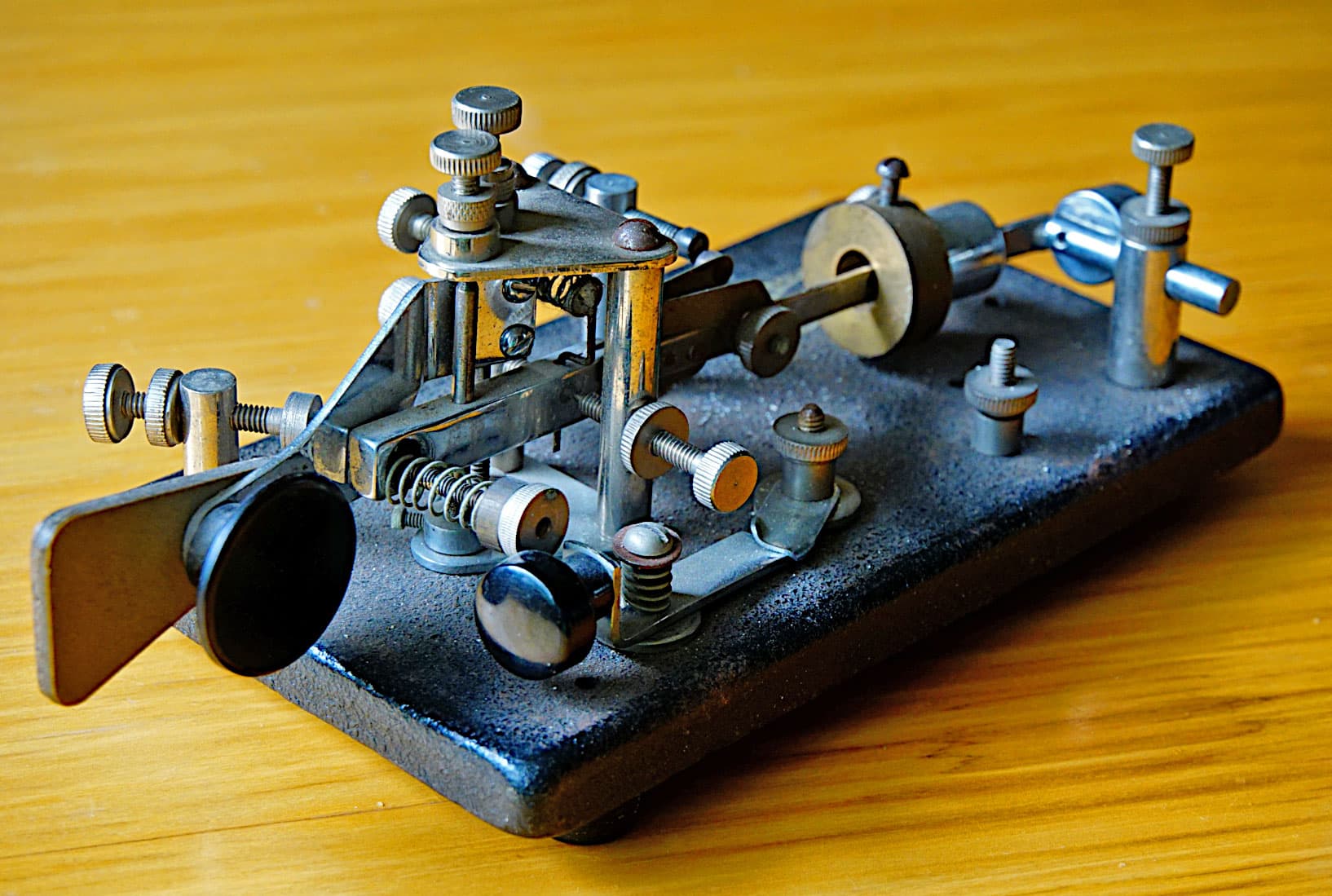
Photo: ZL2AHB
This Levenson bug key belongs to Lorne ZL2AHB in Christchurch. Levenson’s was a radio retailer in Sydney until the 1950s. They made and sold a variety of inexpensive straight keys and Morse practice sets. Their bug key, however, was a re-badged model from a well-known Australian maker, as explained by Ron McMullen (SK) on his excellent website The Australian Telegraph Office:
“During and after World War 2, Levenson’s sold a semi automatic key, a ‘jigger’, obviously made by Buzza complete with holes for the Buzza label, but with ‘Like A Flash’ and Levenson decals substituted for the Buzza label. It is likely that these were obtained from the Buzza distributors Gulterman and King.”
Quick notes
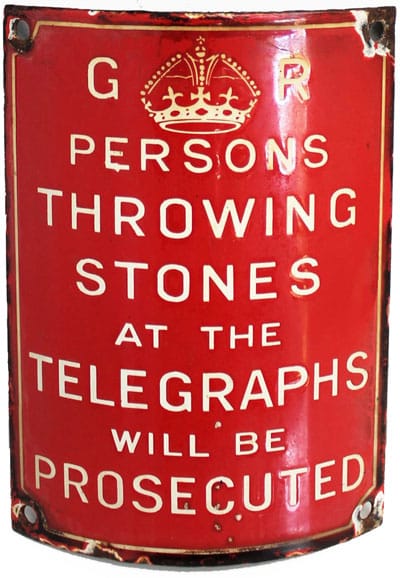
The Trans-Tasman Contest is Saturday 19 July, 0800-1400 UTC, on 160, 80 and 40 metres. If any of our readers take part in this contest, could you please send a report? I don’t imagine many of us have top band (or are able to stay up until 0200 NZT). 🙂
The NZART winter Sprints will be held every Tuesday evening in August.
New Zealand’s first non-amateur wireless station opened almost 114 years ago on 26 July 2011. Known originally as NZW, it was located in the tower of the Chief Post Office in Wellington. One year after opening, the callsign changed to VLW, and later it became ZLW. The station survived until 1993 when it and Auckland Radio ZLD were the last two Post Office coast radio stations to be closed.
Pictured: a relic from British telephone poles.
Photo flashback
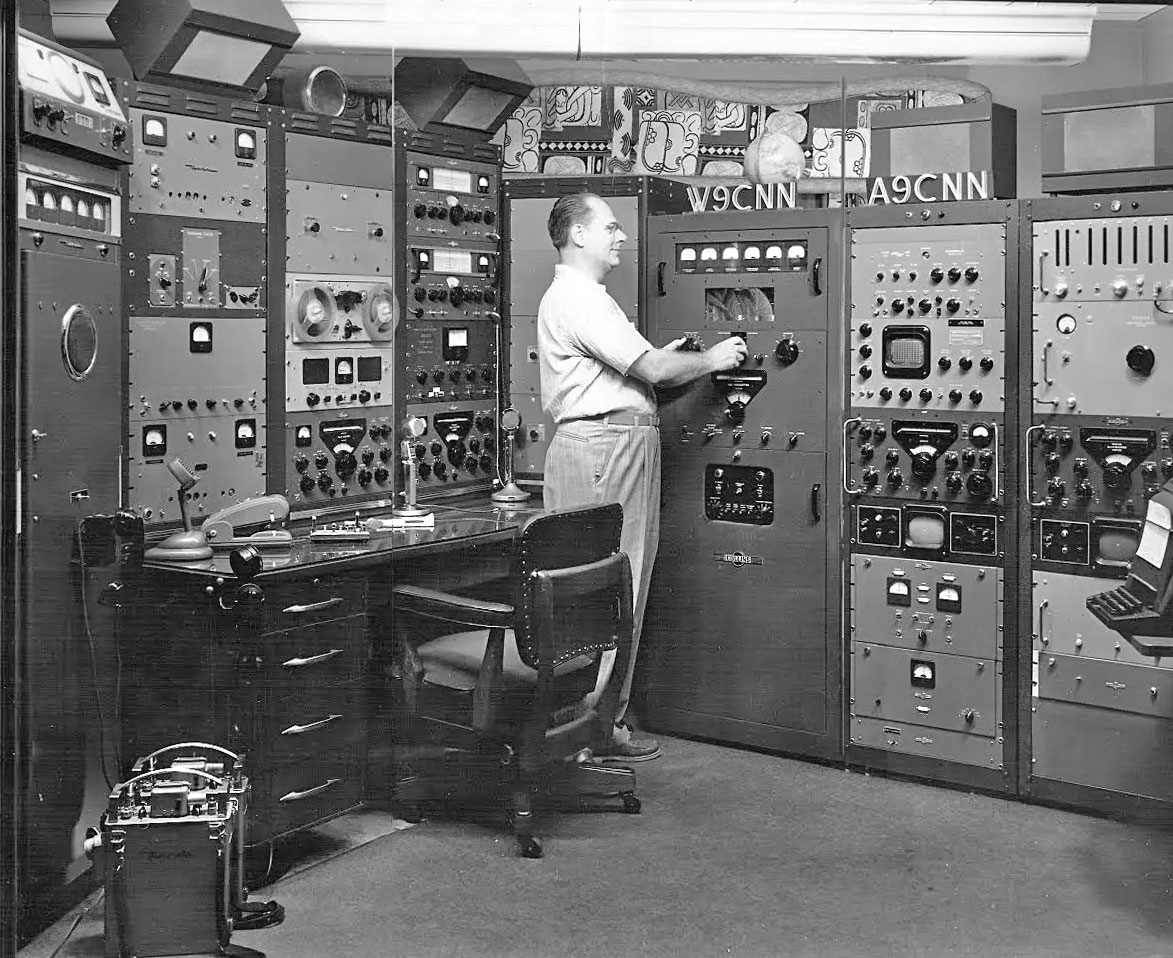
In 1955, Cecil Gregson W9CNN of Chicago had a magnificent station well-equipped for CW, AM and RTTY. He is seen here tuning his Collins KW-1 transmitter. See more photos, and read about this amazing radio amateur.
The need for speed
By Neville Copeland ZL2AKV
Below is an extract from the NZPO Association journal Katipo of the 1950s by “Ben” Davies, my old boss in the Wellington Telegraph Office, who extracted notable achievements from the 1889 diary long since forgotten.
Whilst scanning the Wellington Telegraph operation room diary of 1889, I came across an item which may be of interest to your readers.
It related to the transmission of the Financial Statement on Tuesday, 25th June, 1889. The total number of words in the message was 9,263.
As you will see it was split into sections and the following extract from the diary gives the name of the operator and the average rate of transmission.
Name Cct Start Finish Sec/words Avg wpm Heron 1.C 7:36 pm 8:56 pm A 2959 35.5 Storey 2.C 7:40 pm 9:22 pm B 2945 29 Kirker 3.C 7:36 pm 9:24 pm C 3359 31 Levy 1.N 7:36 pm 9:06 pm A 2595 33 Murray 3.N 7:36 pm 9:02 pm B 2945 34 Stewart 4.N 7:36 pm 9:40 pm C 3359 27 Alexander 1.Wg 7:40 pm 9:16 pm A 2959 31 Carmine 3.Wg 7:36 pm 9:03 pm B 2945 34 Carmine 3.Wg 9:05 pm 9:35 pm D 1015 34 Greatbatch 4.Wg 8:31 pm 9:51 pm C 2344 29 Tucker 5.N 7:55 pm 1:35 am Whole 27 Hyams 2.Wg 7:46 pm 11:56 pm c7000 26The note refers to G. Storey, who sent 2945 words to Blenheim at an average speed of ONLY 29 words per minute. This was considered “poor work”. Spen Tucker, well known to officers generally in Wellington, sent the whole message – 9.263 words – in 5 hours 40 minutes. A very creditable performance.
A brief explanation of the operating conditions at this time is in order. All New Zealand morse circuits were on physical lines using mostly earth returns. A cable was used across Cook Strait.
Office sounders were in use on quadruplex terminals. The International Morse alphabet was in current use. Most operators performed a 12-14 hour normal working day. Few operators used a typewriter; most received copy was taken in copper-plate handwriting.
Morse circuits vied with the Murray Multiplex and later Creed circuits. Both morse and multiplex were phased out during the 1960s. The old Murray MX was routed over physical circuits too, and with every shower of rain up country had to be shut down for rebalancing of resistance/capacitance with perhaps a change of brushes! Baud speed was 42 and Baudot printers were used. As Faults Supervisor later on up to 1964, morse order wires were still being used on the test board for setting up press circuits, testing of channels, etc.
(Adapted from Break-In, November 1988. Neville died in 2011.)
How to reduce key clicks
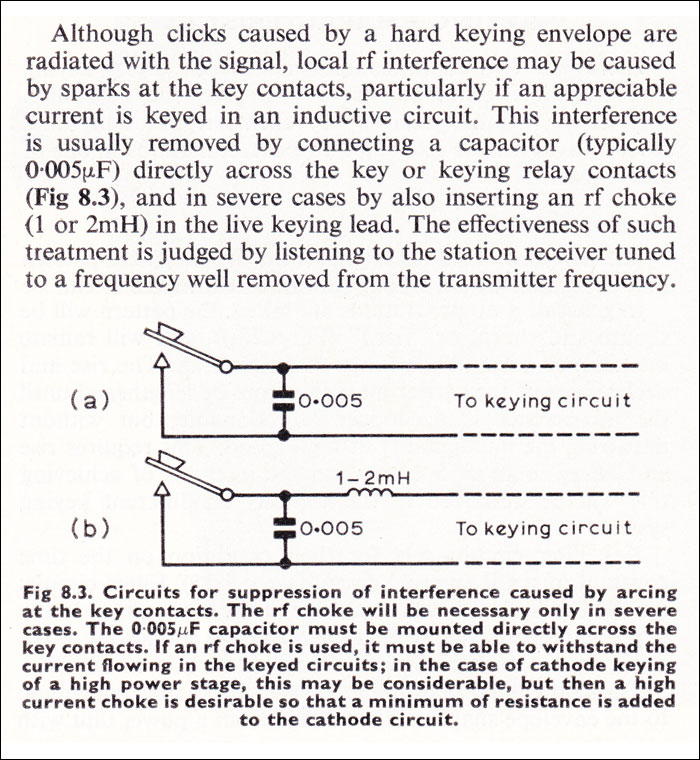
RSGB: Radio Communication Handbook, Fifth Edition, Volume 1 (1976)
Video: The Y stations – part 2
Part 1 of this series from Bletchley Park was in NZ Net News 161. Now for part 2:
Net tip: QNO
We continue our look at Q signals with QNO.
It means: “I am checking out of the net”.
It’s quite terse!
Usually, an operator wanting to check out would use the more gracious QNX? (May I be excused from the net?).
But QNO could be used in cases such as:
- An operator has an urgent and unexpected need to leave the net,
- An operator has to leave for a pre-arranged sked, perhaps another net (for which they could be a liaison station), and the Net Control is aware of this. So, the operator who is leaving just wants to make sure that NCS knows they’ve gone.
The A-Z of Q Signals
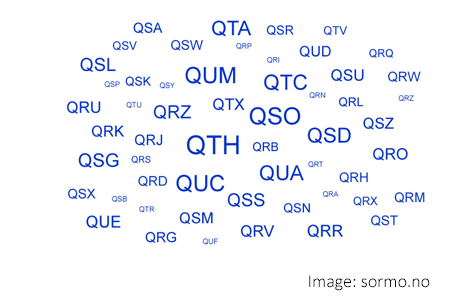
A well-run CW net is a lovely thing to experience. Communication between stations is quick and concise, and the net business is conducted with minimal time wasted.
As CW operators, we have many techniques to communicate quickly and efficiently. And if we know and use these techniques, we can often match or exceed the speed and accuracy of voice communication.
One of our most important tools is the set of Q Signals (or Q Codes), and in this series we look at the “essential” ones, in alphabetical order.
Advertising archive
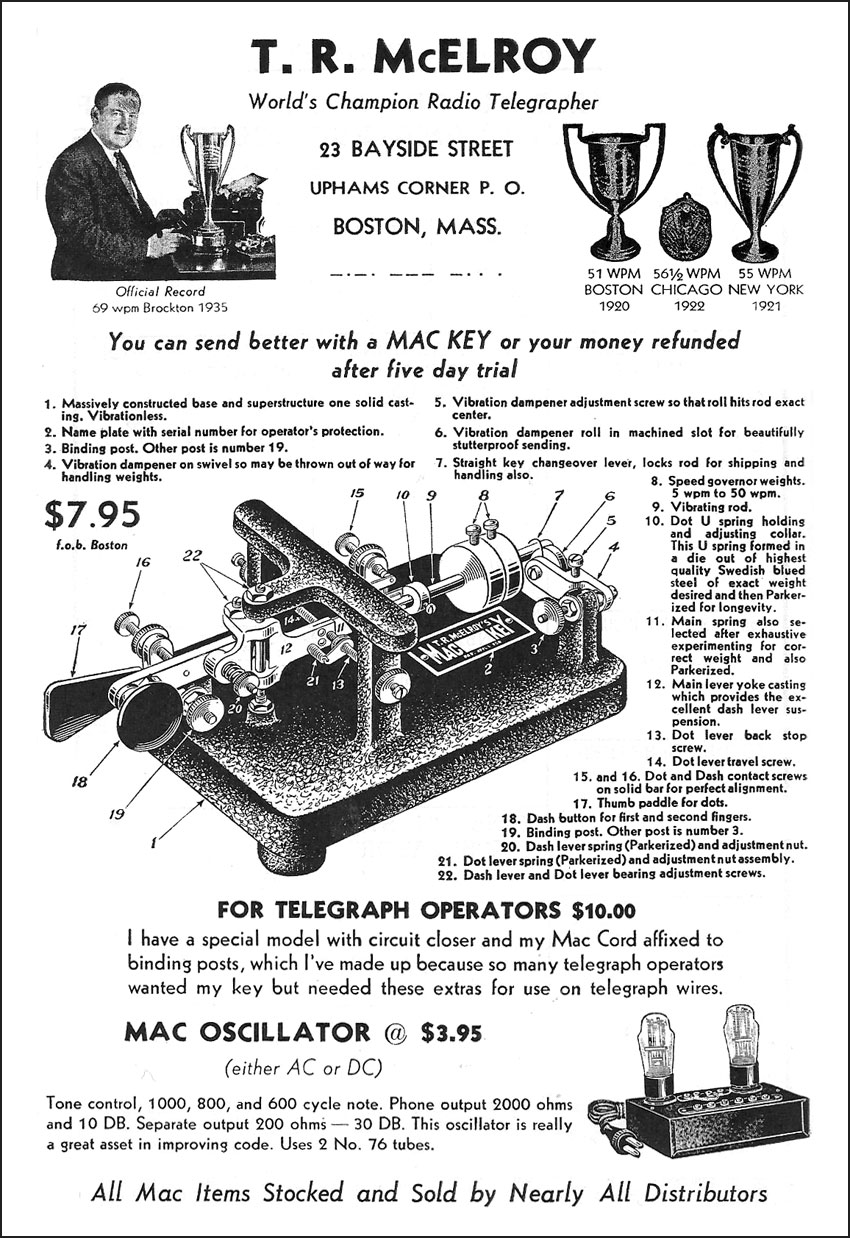
1937
Suggestions?
If you have suggestions on how to make the NZ Net better, or things you’d like to see covered in these newsletters, please contact ZL1NZ. Articles and photos will be gratefully received!
Thanks for reading, and I hope to hear you soon on the NZ Net!
—
Neil Sanderson ZL1NZ, Net Manager
New Zealand Net (NZ NET)


